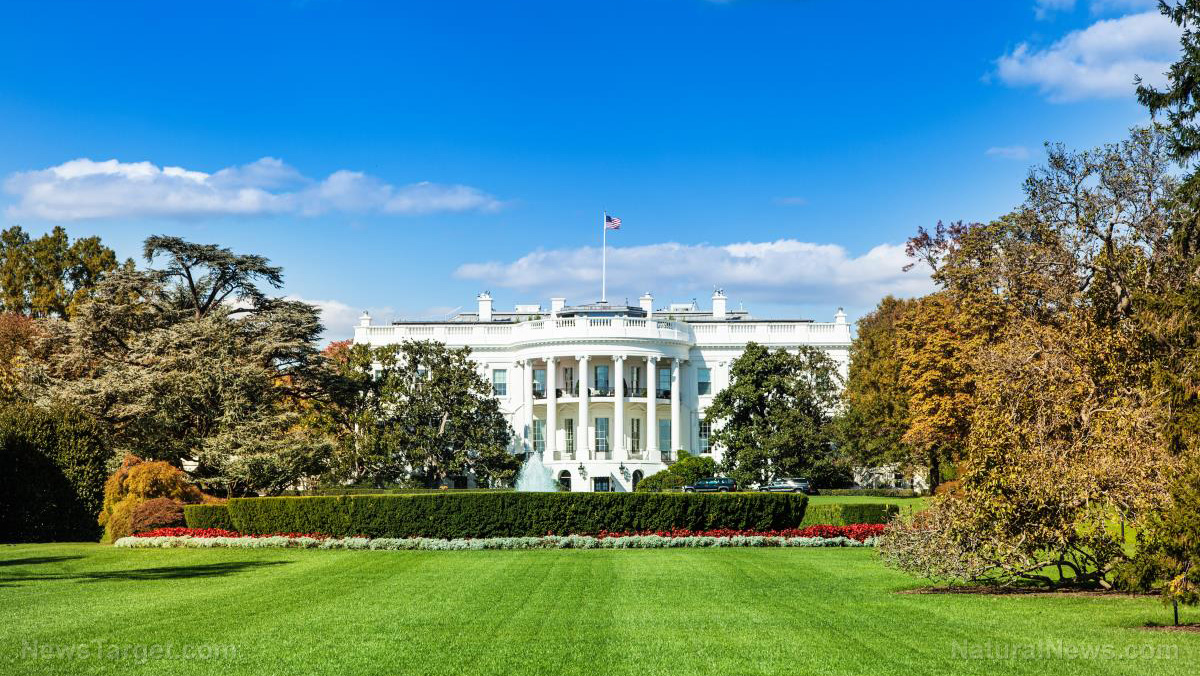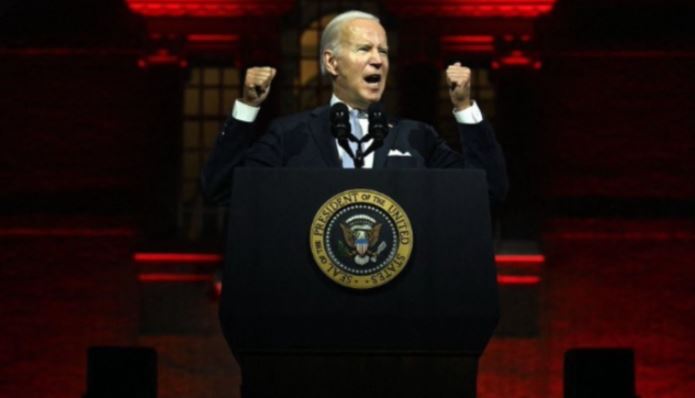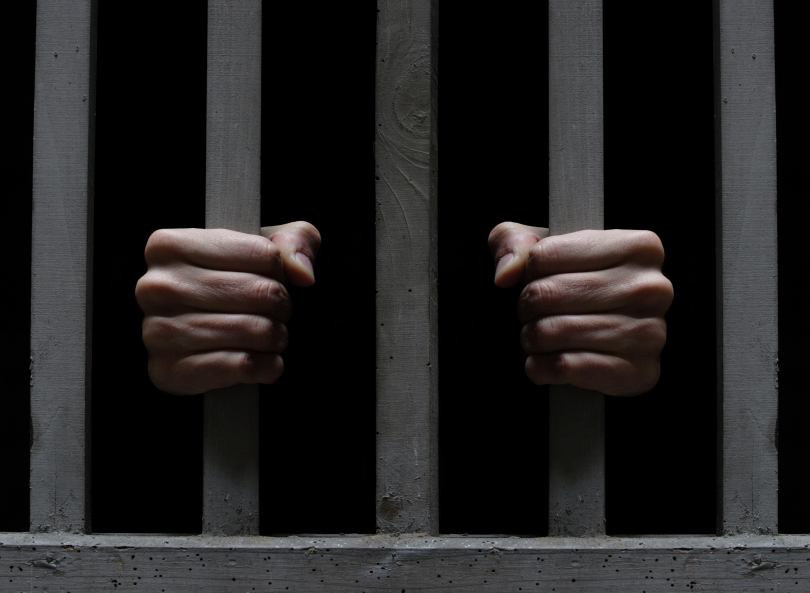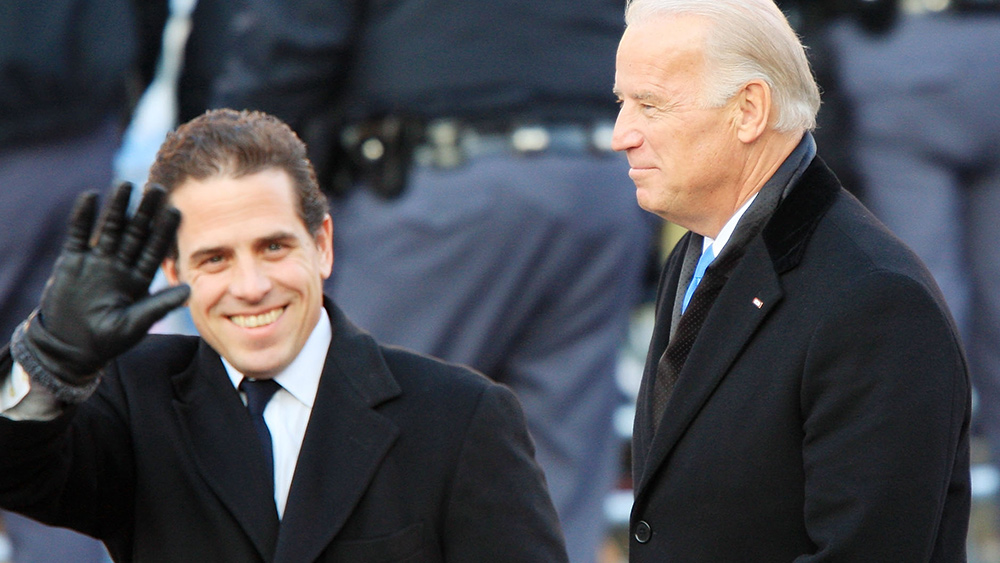New documentary ‘proves’ building offshore wind farms does kill whales
08/29/2023 / By News Editors
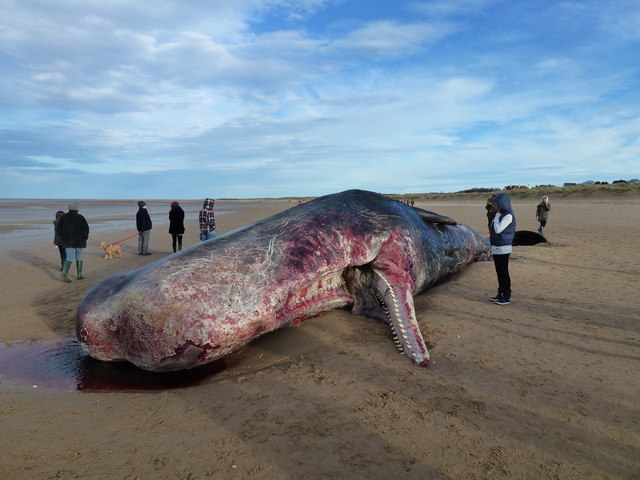
The increase in whale, dolphin, and other cetacean deaths off the East Coast of the United States since 2016 is not due to the construction of large industrial wind turbines, U.S. government officials say.
(Article by Michael Shellenberger republished from NYPost.com)
Their scientists have done the research, they say, to prove that whatever is killing the whales is completely unrelated to the wind industry.
But now, a new documentary, “Thrown To The Wind,” by director and producer Jonah Markowitz, which I executive produced, proves that the US government officials have been lying.
The film documents surprisingly loud, high-decibel sonar emitted by wind industry vessels when measured with state-of-the-art hydrophones. And it shows that the wind industry’s increased boat traffic is correlated directly with specific whale deaths.
My nonprofit organization, Environmental Progress, which is independent of all energy interests, funded the documentary because, like millions of Americans, we love whales and believe their extinction is an avoidable tragedy.
The species in question is the North Atlantic right whale. Its population has dropped to 340 from over 400 over the last few years.
And, there have been more than 60 recorded whale deaths of all species on the East Coast since Dec 1, 2022, a number that increased markedly since 2016 when the wind industry started to ramp up.
The documentary may not stop the industrial wind projects from being built. After all, the wind projects are going forward despite urgent warnings from leading conservation groups and a top scientist at the National Oceanographic and Atmospheric Administration (NOAA).

The waters off New York and New Jersey have seen a sudden upsurge in whale deaths this year.
But our documentary has hit a nerve. Within the first 48 hours of it being online, over 20,000 people re-posted it, and over 6 million people total, across two tweets, have viewed the posts with the embedded trailer for “Thrown To The Wind.”
And, now, Republican members of Congress tell me they want to hold hearings to investigate.
I have been involved in a lot of great causes in the 35 years that I have been politically active. This one, saving the whales, is easily one of the most noble and important. One of my first political memories as a boy was the Greenpeace “Save the Whales” sticker in my father’s food co-op.
Whales touch something deep within us. They care deeply for their offspring. They form communities. They sing.
Whales are, as the conservationists in “Thrown to the Wind” explain, magnificent spiritual beings, not just great biological ones.
There appear to be at least two distinct mechanisms by which wind industry activities are killing whales.
The first is through boat traffic in areas where there hasn’t historically been traffic. The second is through high-decibel sonar mapping that can disorient whales, separate mothers from their calves, and send them into harm’s way, either into boat traffic or poorer feeding grounds.
Whale deaths caused by boat strikes are not unrelated to windfarm works — as some have sought to claim — but fueled by them.
The waters around New York and New Jersey have seen three humpbacks die in August alone; two of them had blunt force trauma while the third was too decomposed for a necropsy.
Shot in the hand-held style made famous by Paul Greengrass, the creator and director of the Jason Bourne movies, Markowitz’s “Thrown To The Wind” gives the experience of being on the ocean and in the room with the film’s stars, Lisa Linowes, who correlated the whale deaths to wind industry activity with Eric Turner, and Rob Rand.
Linowes is a lifelong environmental activist, data analyst, and co-founder of the Save the Right Whales Coalition.
She’s also an obsessive data nerd who, working with her husband, sold their start-up software company over a decade ago and moved to New England where she does her conservation work full-time and without pay.
Rand, meanwhile, is a conservationist and one of the world’s leading underwater acoustics experts with over 30 years of experience.
The commitment by Markowitz to investigative documentary filmmaking led him to go out on the ocean with Rand to measure the sound of industrial wind activity.
It was on that trip that Rand and his team discovered high-decibel sound emissions that appeared to violate NOAA’s protective standards for marine life.
When combined with the work of Linowes and Turner, correlating whale deaths with wind industry vessel traffic, Rand’s acoustic research should have far-reaching implications, including halting all industrial wind activity along the East Coast.
After a dead whale washed ashore on Takanassee Beach in New Jersey two weeks ago, police blocked off the area so tractors could be brought in to remove it.
“We were sitting on the beach yesterday, and I noticed it when people started running up to it,” Soraya Nimaroff, who lives nearby, told the Ashbury Park Press. “I’m very sad. It is very sad.”
Our research shouldn’t have been necessary. Dr. Sean Hayes, a top NOAA scientist warned last year that industrial wind projects “could have population-level effects on an already endangered and stressed species.”
“Population-level effects” include extinction.

Dr. Hayes, NOAA’s chief of protected species warned that “oceanographic impacts from installed and operating turbines cannot be mitigated for the 30-year lifespan of the project unless they are decommissioned.” His warnings were ignored.
So, too, were the ones from scientists representing many of the same environmental groups supporting the industrial wind energy projects wrote in a 2021 letter that “the North Atlantic right whale population cannot withstand any additional stressors; any potential interruption of foraging behavior may lead to population-level effects and is of critical concern.”
But the scientists then stood by as their organizations sold out them and the whales.
Under pressure from the White House, the US government has ignored its top scientists and pushed forward to industrialize the oceans and risk the extinction of the North Atlantic right whale.

Part of the problem is that the wind industry spent years bribing the US government, scientific organizations, and aquariums to lie to the American people.
Wind energy companies and their foundations have donated nearly $4.7 million to at least three dozen major environmental organizations.
And Facebook went so far as to censor my post linking whale deaths to wind energy off the East Coast of the United States.
The censorship came in the form of adding a link to a “FactCheck.org” article from March 31, 2023, which relied entirely on U.S. government sources “Thrown to the Wind” debunks.
“Thrown To The Wind” exposes the reality that the U.S. government agencies and the scientists who work for them either haven’t done the basic mapping and acoustic research to back up their claims, have done the research badly, or found what we found and are covering it up.
Given the evidence presented in “Thrown To The Wind,” it’s clear that the American people and our representatives cannot trust NOAA and the Bureau of Ocean Energy Management (BOEM), the two government agencies that, for years, have repeatedly betrayed the public’s trust in service to powerful industrial interests.
Submit a correction >>
Tagged Under:
boat traffic, Climate, Dangerous, Ecology, energy supply, environment, extinction, green living, Green New Deal, green tyranny, marine life, New Jersey, New York, NOAA, ocean health, power, power grid, real investigations, sound emissions, truth, whales, wind farms
This article may contain statements that reflect the opinion of the author
RECENT NEWS & ARTICLES
COPYRIGHT © 2017 REAL INVESTIGATIONS NEWS


